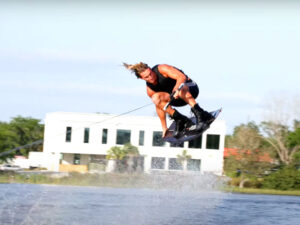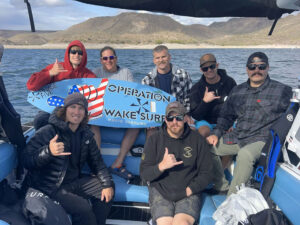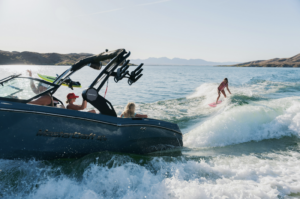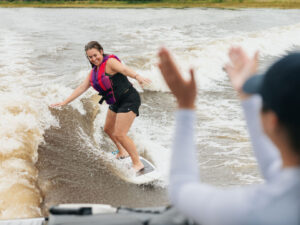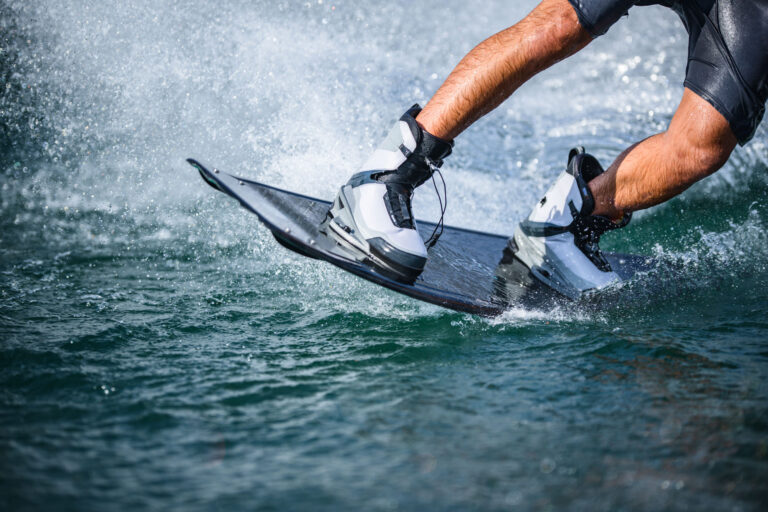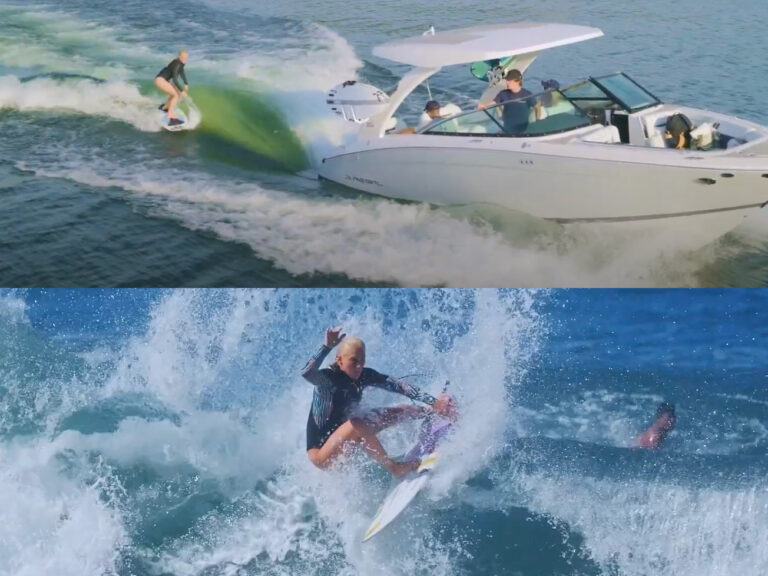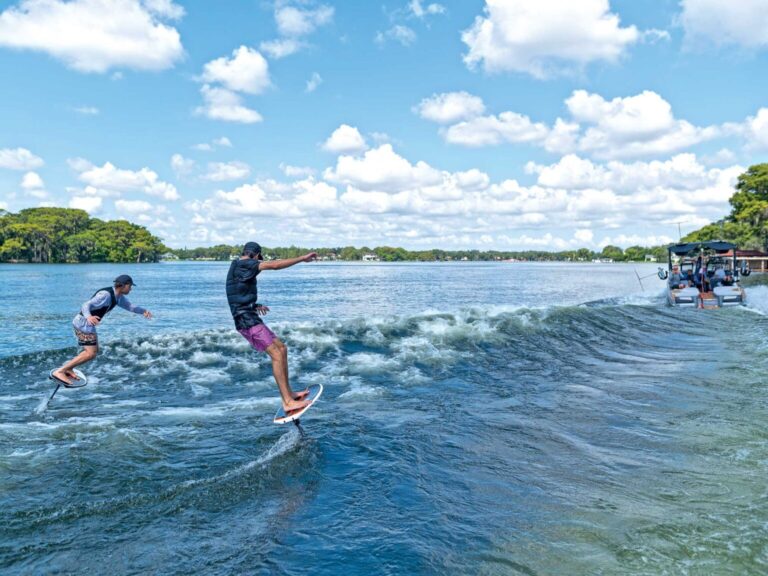It’s early in the season and time to get focused again on getting your tricks back after the long winter break. In this climate of goal setting and progression, we figured it best to round up a few regimented riders and pick their brains to get your ideas flowing. Set some goals, work backward with a plan to achieve them, and get to work!
Josh Twelker
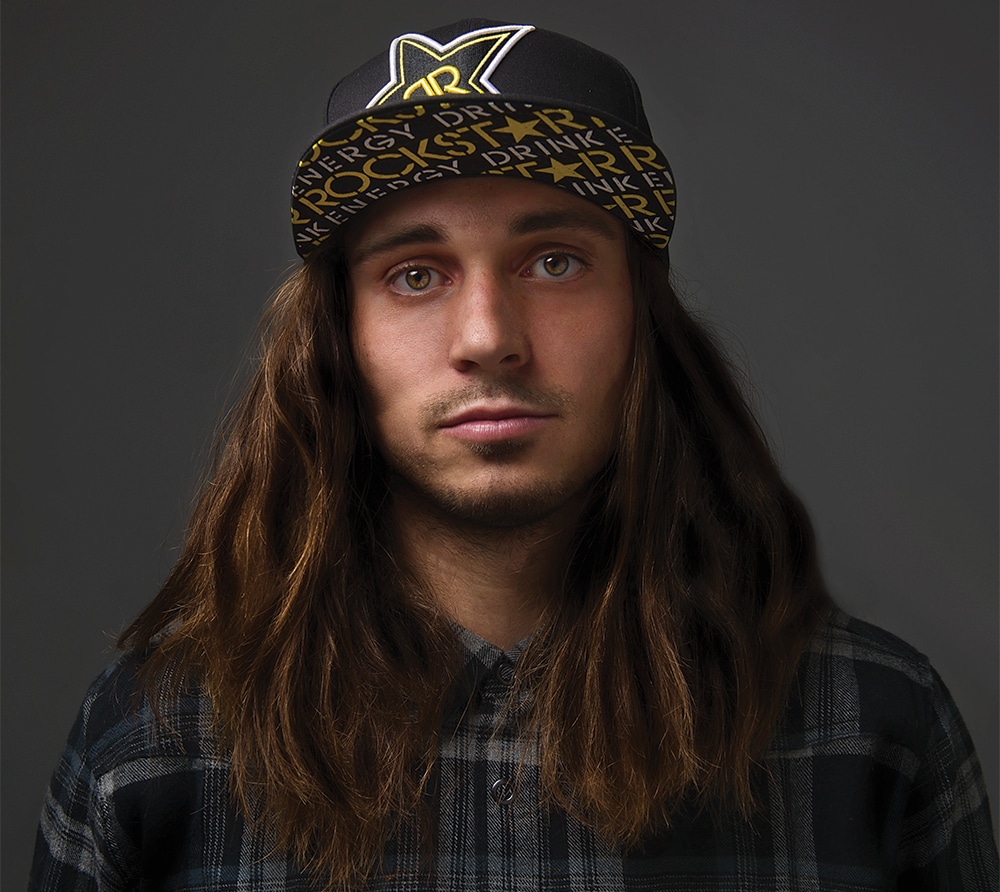
Do you have a set order of tricks that you do to keep them consistent?
JT: When I am preparing for the season, my first 10 tricks will be my competition pass. I will practice this until it is basically natural rhythm for me. Afterward I like to free-ride and just have fun. That’s what helps me feel consistent.
What kind of off-the-water training do you do?
JT: Eating healthy and keeping active are the most important for me. I am a pretty big guy, so keeping my body fat low and my endurance up is the best preparation off the water. In the offseason I try to go to the gym every day to stay in shape. Once the busy summer starts up, I don’t go to the gym that often, but I try to focus on keeping my legs strong to protect my knees.
Shaun Murray
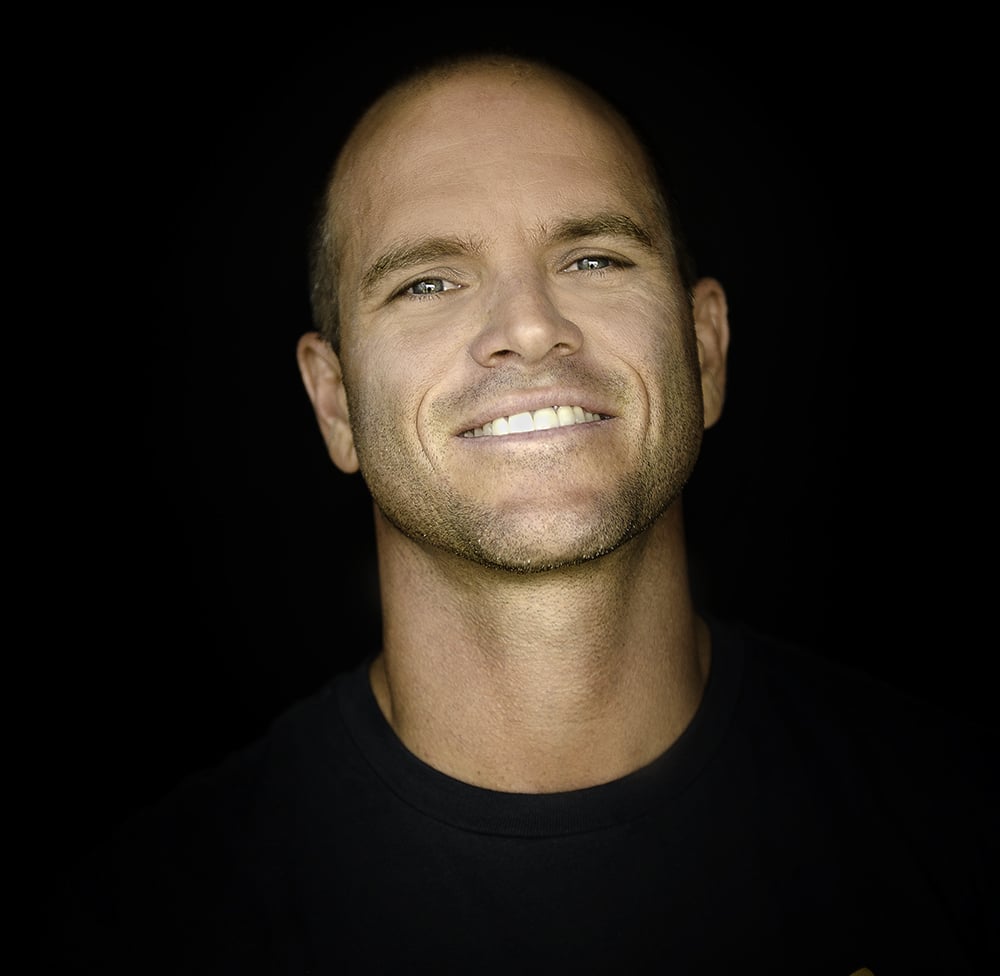
How often do you ride?
SM: When I was younger and competing regularly, I’d ride two sets a day, five days a week. Now, depending on the time of year, I’ll ride one set a day, four days a week.
What’s your process for learning new tricks?
SM: It depends on the trick, but I will slow the boat down a few miles an hour or even shorten the rope so I can figure out how to initiate the trick. A lot of the off-axis tricks have a totally different initiation compared to where tricks were 10 to 20 years ago.
What keeps you motivated?
SM: I don’t ever want to feel stagnant or slow. Many times, if a trick kind of freaks me out, I like to force myself to do it, but that’s if I’ve been on the water a lot and I’m feeling good on my feet.
Scott Stewart
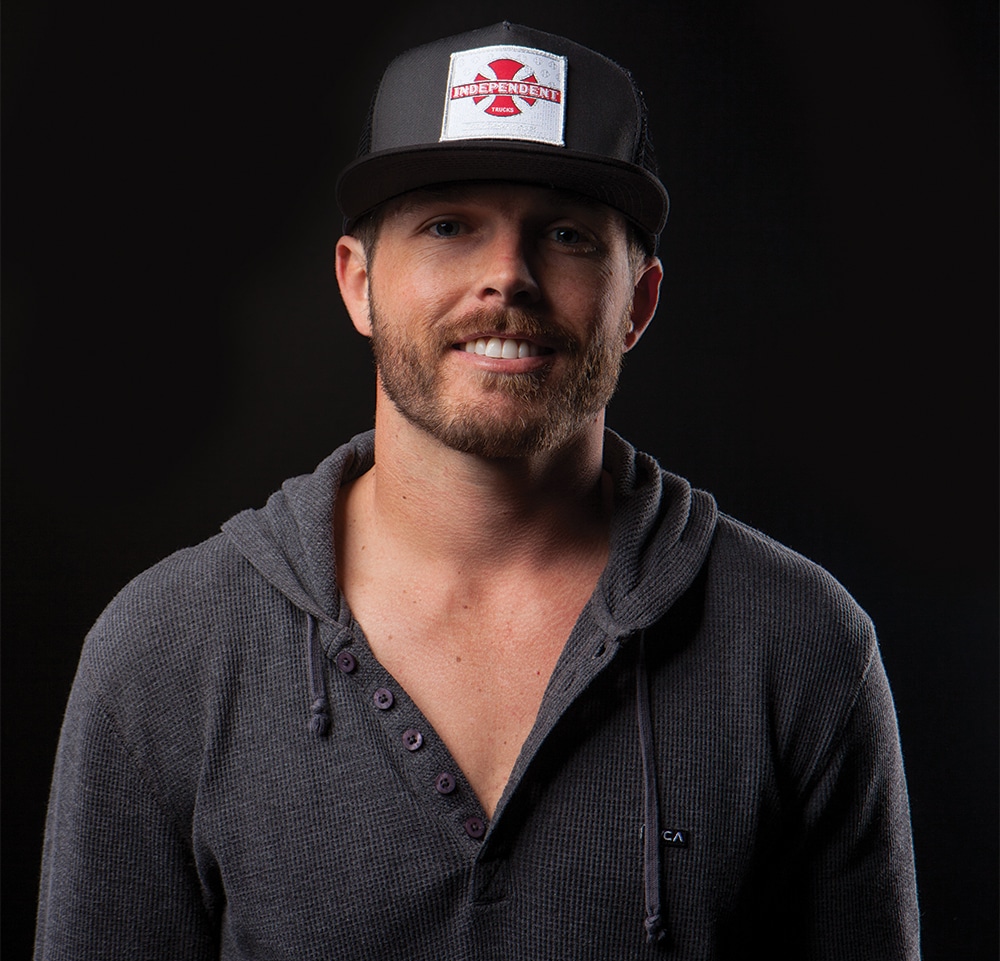
Do you ride year-round or intentionally take time off?
SS: I try to ride as close to year-round as I can, but I’ll typically take at least one month off each year. It’s usually spent snowboarding, where my roots are, but it mostly just gives my mind and body a break if I’ve been pushing myself pretty hard on the water.
How has your off-the-water training regimen changed over time?
SS: I enjoy it now. [Laughs.] It’s become very therapeutic. I used to train with a specific number of sets and reps, etc., but now it’s more about the time I spend training and the quality and form of each exercise. Lately I’ve been focusing on high-intensity, explosive movements, with slow negatives, especially on my legs.
